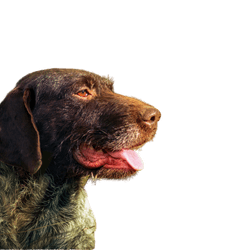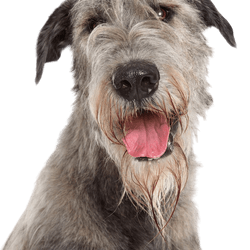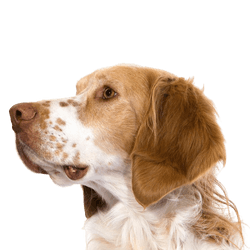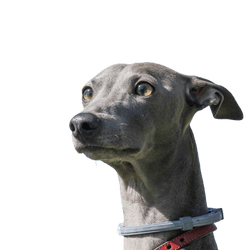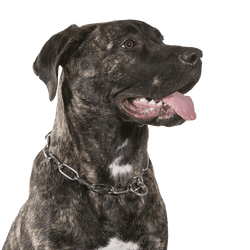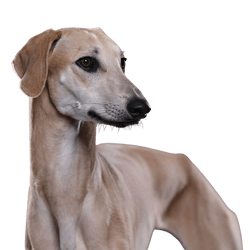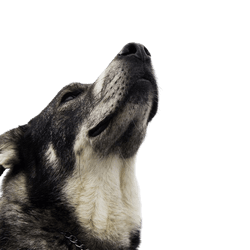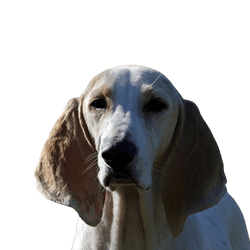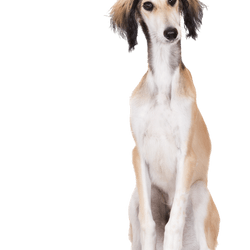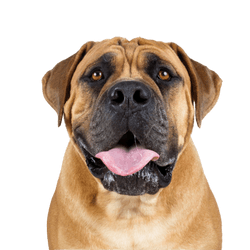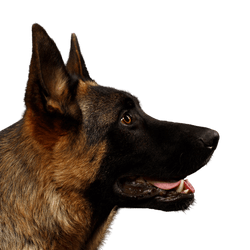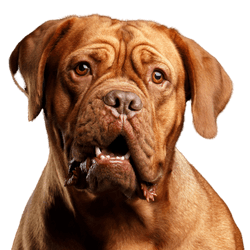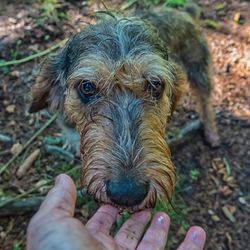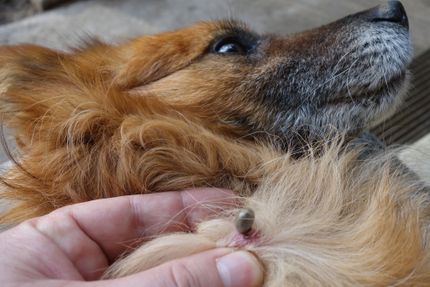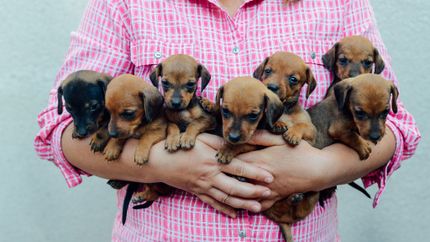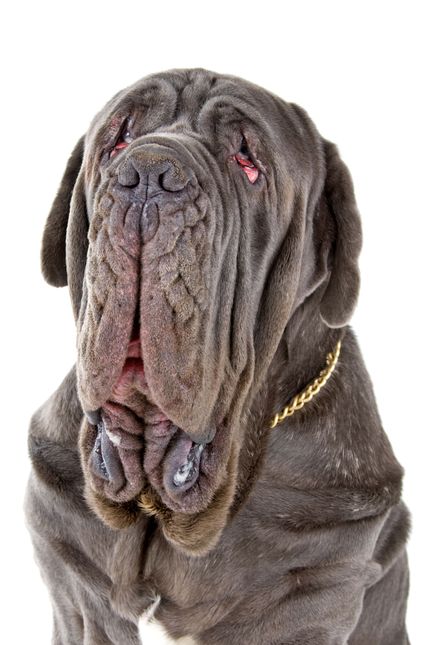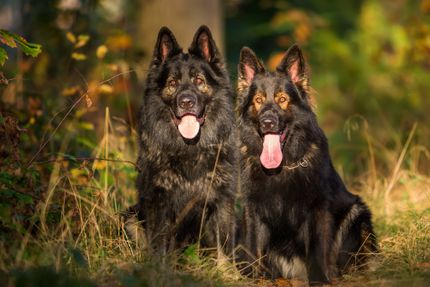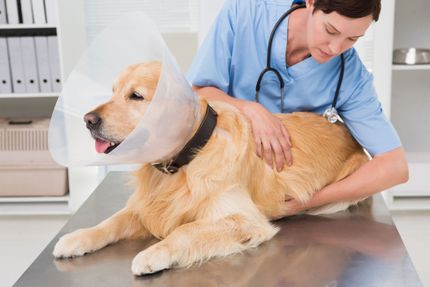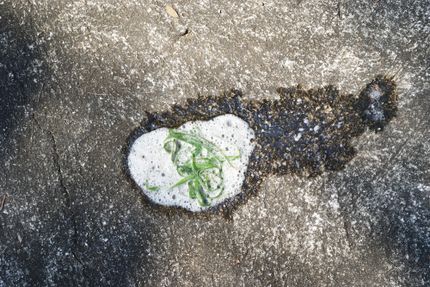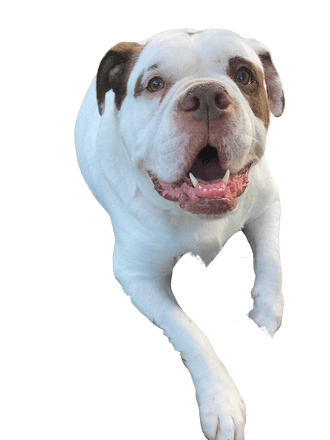
Alapaha Blue Blood Bulldog Breed description: Character & Co
Alapaha Blue Blood Bulldog
Facts & Origin
The origin of the Alapaha Blue Blood Bulldog
The very rare dog breed originates from the USA, namely from the south of the US state Georgia. There is the Alapaha River, which gave the name to the dog breed. On the farms of South Georgia there have always been dogs of the breed American Bulldogs, which is considered the forefather of the Alapaha Blue Blood Bulldog. They were used in the region primarily to herd cattle and as guard dogs.
A man named Buck Lane is considered the first breeder of the new breed and his granddaughter Lana Lou Lane carried it on. The Lane family is also where the name Otto Bulldog came from. This is what the breed is sometimes called because the Lanes had a famous stud dog of that name. However, because there were too few animals, the breed nearly died out in the 1970s. Only the Alapaha Blue-Blood Bulldog Association (ABBA) an official US breed club saved them and set the breed standards. However, these dogs are still extremely rare. The breed has not yet been recognized as an independent breed by the FCI.
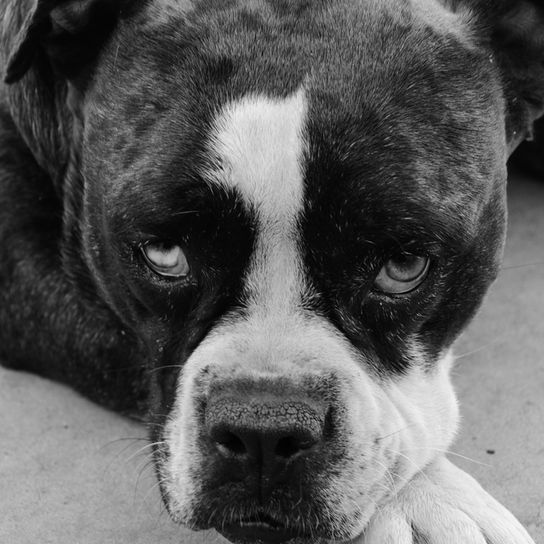
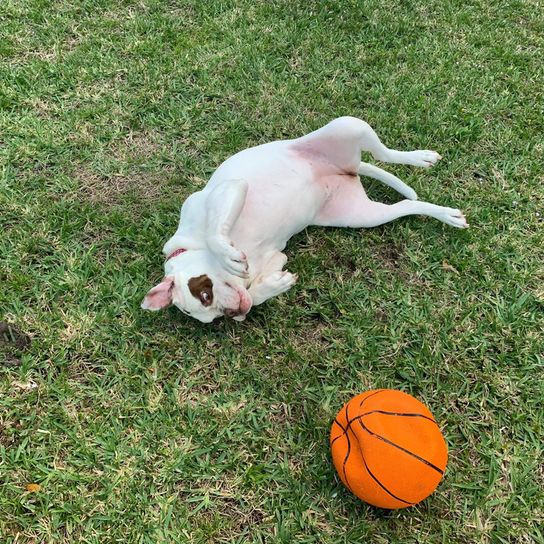

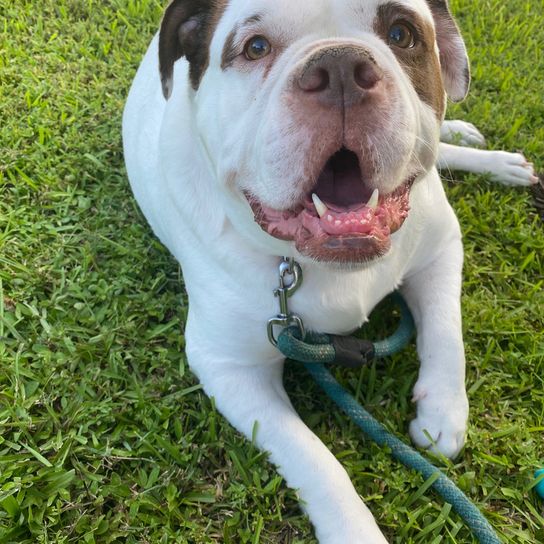
| Alternate Name | - |
| Origin | USA |
| Life expectancy | 12 - 14 years |
| Care requirements | low-maintenance |
| Activity level | average |
| FCI group | not recognised |
| AKC group | not recognised |
| KC group | not recognised |
Attitude, character and temperament of the breed
The typical character traits of the Alapaha Blue Blood Bulldog.
Dogs of this breed are intelligent, curious, confident and very active. Properly trained, they are great family dogs, obedient, friendly, cuddly and playful. Despite their somewhat fierce appearance, they are very jovial, relaxed, tolerant and not aggressive at all. However, their education really has to start early and needs a lot of time, sovereignty and consistency. That's why these dogs are not for beginners and also very limited for people who have only a small apartment. They feel most comfortable if they can "guard" a property, a garden and spend a lot of time outdoors. If you do not have this, then at least extensive walks should be taken and the dog sufficiently busy.
Character
Usage

Health and breeding information
Typical breed diseases
Basically, the breed is very robust in health and there are actually no typical diseases or hereditary diseases. However, because the build is strong and heavy, joint diseases such as hip joint dysplasia and elbow joint dysplasia occur more frequently in older age. Obstructed breathing can also occur in rare cases when the facial folds are particularly pronounced.
What to consider when breeding the breed, where to find breeders and how much does the Bulldog cost?
It is almost impossible to buy a dog of this breed in Germany, because there are almost no breeders. Most can be found in the USA, but even there the breed is rare. A purebred Alapaha Bulldog will certainly cost more than 2,500 Euros.
Because many of these animals carry the so-called merle gene, it is very important to know which parents they have. Breeders are not allowed to mate 2 animals with this gene mutation, because this can lead to big health problems in the offspring.


The breed characteristics of the Alapaha Bulldogs
They are medium sized and very strong animals of the Molosser type and resemble the American Bulldog. Their body is bulky but well proportioned, muscular and very stocky, the legs are also stocky and wide set. The skull is powerful, the dentition very strong.
How tall does the breed grow?
The shoulder height of the males is between 55 and 65 cm, the females are considerably smaller than the males.
How much does the breed weigh?
Adult males weigh between 40 and 45 kg, bitches between 25 and 35 kg.
How old does the breed live?
The average age is between 12 and 14 years.
Appearance and coat
The Alapaha Bulldog has the typical bulldog appearance with its stocky body, broad chest and narrow tapered rear end. The skin around the head and broad muzzle is loosely drooping and wrinkled, the ears droop and the tail is curved downward. The coat is short, smooth and soft and comes in many different color varieties. There are white, grey, blue, light brown, dark brown red and black black animals, very often the coat is brindle or pied, red-merle, blue-merle or fawn-merle. Also tricoloured breed representatives occur.
| Fur length | short |
| Fur | flat coated |
| Ear shape | Triangle |
| Tail | lang |
| Anatomy | muscular, massive, strong |
| Size ♀ | 50 - 60 cm |
| Weight ♀ | 25 - 35 kg |
| Size ♂ | 55 - 65 cm |
| Weight ♂ | 40 - 45 kg |
| Suitable For | - |
Colors
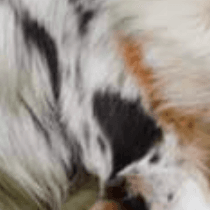


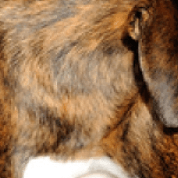
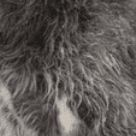
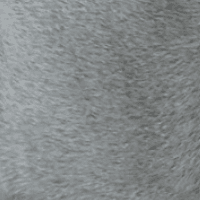

Known Diseases
Elbow dysplasia (ED)
Elbow joint dysplasia is a chronic disease complex of the elbow joint of fast growing dog breeds.
Joint problems
Especially due to overweight, joint problems can occur in dogs.
Joint damage
In some breeds, joint damage can occur later in life, affecting the musculoskeletal system.
Hip dysplasia (HD)
The hip dysplasia or hip joint dysplasia of the dog (HD) is a maldevelopment of the hip joint.
Other large dogs
Useful Articles
You can find articles that might interest you in the dogbible blog to match your favorite breed.
Visit our magazineto stay up to date on dog trends.
To find out more, view our Privacy Policy
Find here the breed that suits you and find out what character traits it has. Here you can also learn more about the origin, size and weight of your favorite breeds.
Matching your favorite breed, you'll find articles that might interest you on the dogbible dog blog.
7 tips for the mental workout of the dog
3 painkillers for the dog: These you must have at home
Deworming dog - Worming procedure
